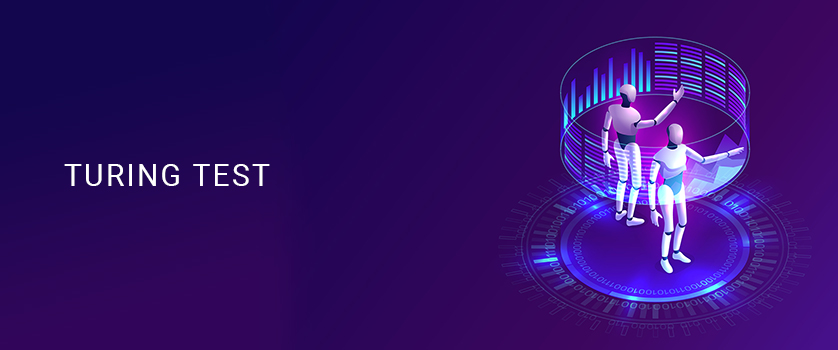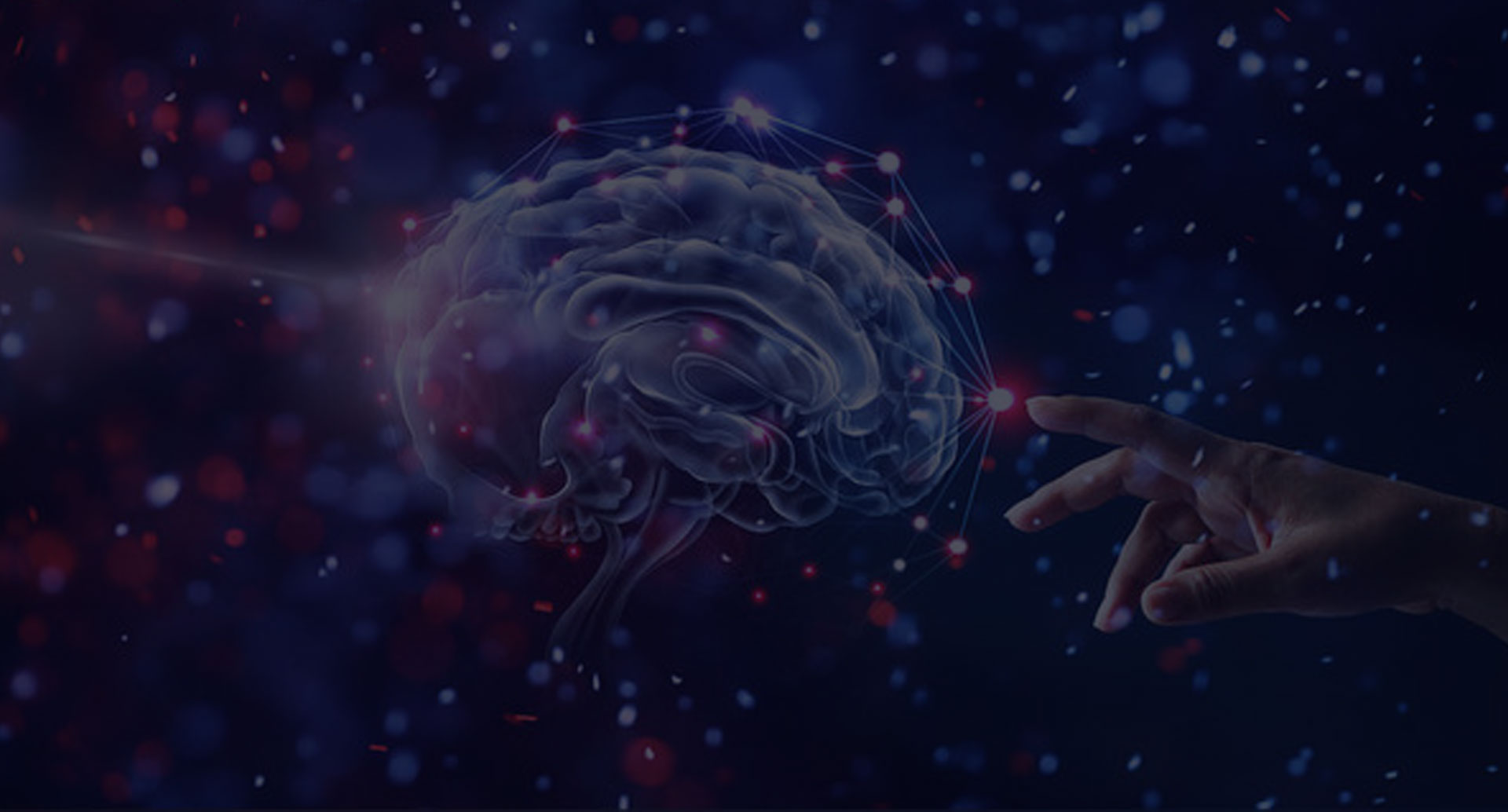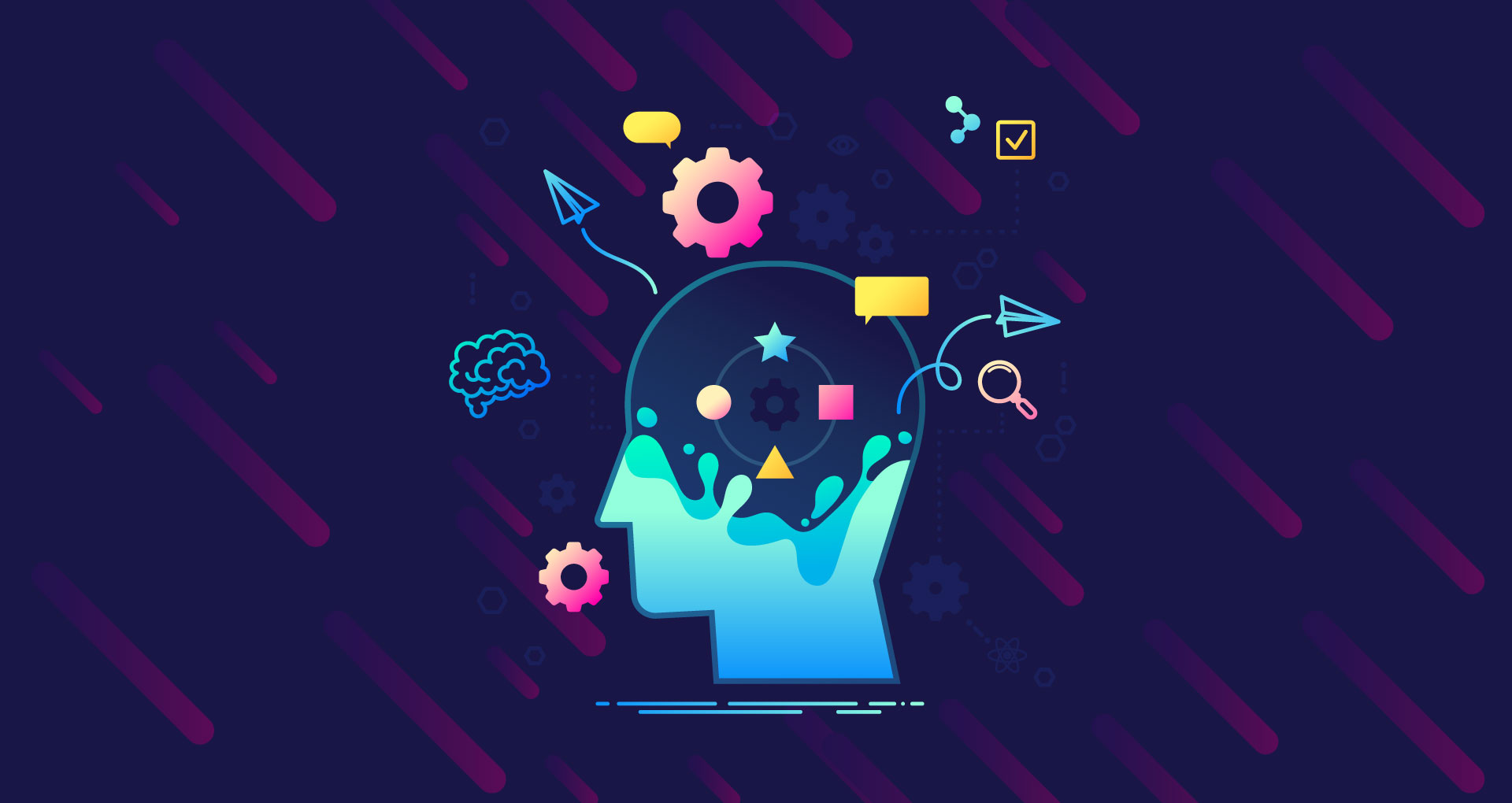
Anshul Jain
July 16, 2020
Introduction To Turing Test:
You must have used "Ok Google" or "Siri" to communicate with the computer. The way they talk and show us results it looks like a modern concept which is still in the development phase. But, artificial intelligence has a 70-year old history.
When it was first proposed by an English mathematician, people barely knew about the computer. However, as time progressed, newer variations were tested, and what we see today is the modern form of artificial intelligence, which was made possible through the Turing test.
If you want to know about the journey of the Turing test, then keep reading this article. In this article, we will tell you the name of the person who proposed it, and how over the years it has changed.
But first of all let's know.
Which Was the First Test Proposed to Evaluate Artificial Intelligence?
Turing test is a method in artificial intelligence to identify the attributions of artificial intelligence in a machine under specific circumstances. It was the first test to evaluate artificial intelligence and got its name after Alan Turing. He was an English computer scientist who proposed artificial intelligence in the paper "Computing Machinery and Intelligence" in 1950. However, the first test was conducted in 1991, yet even today, the importance of the Turing test in artificial intelligence is exceptional.
What Is the Turing Test?
The Turing Test is a process of identifying artificial intelligence in a machine. Earlier, it was known as an imitation game but later on, it turned out as a tool to assess human intelligence in a machine. The test requires three participants including two humans and a computer.
After analyzing the behavior of the computer and the human participant, the judge (another human) has to give his opinion.
What Does the Turing Test Consist Of?
Post World War II, Alan Turing, a British mathematician thought of artificial intelligence because he had discovered some basic codes to intercept the German messages. After many years, Turning put the question " Can machines think?". Not just the question, he also suggested a way to check the computer's answering capacities compared to humans.
According to him, the test could be conducted in an interrogation room under the supervision of a judge. The judge should have a conversation with both parties without seeing them, where the judge questions the participants (computer and human) and they respond.
Based on this conversation, the judge has to decide which participant is human and which is the computer. If the judge can't find the difference between the two, the computer is said to have human intelligence. In simple words, if it can't find the difference, it means the computer can think like humans.
However, the Turing test has seen some changes, and new rules have been brought to measure the success of artificial intelligence projects. The new version of the Turing test states that there should be more than one human judge to interrogate both the participants. After the five-minute conversations, if more than 30% of judges find that the computer has shown human intelligence, it means success.
Later, Hugh Loebner, American inventor and activist introduced some new rules. According to him, the computer and the human participants must have a 25-minute conversation with each of four judges. The famous Loebner Prize, an annual Turing test was launched in 1991 by the name of Hugh Loebner.
What are the Different Versions of the Turing test?
- Imitation Game: In an article, Turing proposed a simple game called the "imitation game". He talked about three players A (man), B (woman), and C (interrogator). The game was to identify out of the two which is a man and which is a woman. In this article, he also mentioned what if a machine takes part in the game, and replaced the question as "Can machines think?". In another article, he proposed a way to check human intelligence through a test. In this version, both the respondents should try to trick the interrogator to make a false decision.
- Standard Interpretation: Sterret challenged the previous version saying that the purpose of the test should be to identify whether a machine can imitate humans rather than fooling the interpreter to make the wrong decision. However, standard interpretation had issues about duration and its limitations like respondents weren't able to differentiate between humans and machines.
- Imitation Game Vs. Standard Turing Test: As the controversies started to grow over which one of the versions Turing wants to implement, Steggret proposed a new theory. He said that two separate tests can be conducted. He proposed a standard Turing test and original imitation game. The party game referred to as an original imitation game while human judge conversing with humans and machines considered as a standard Turing test.
- If the Interrogator Can Be Informed About Computer: The original article never mentioned that the interrogator should be informed about the computer or not. If the interrogator was ever informed about the machine's participation it would be easier for the interrogator to guess about it. So, as a consensus, it was stated that in the original imitation game, one of the participants will be replaced with a computer, and the interrogator will remain uninformed.
Has Any AI Passed the Turing Test?
Many computer programmers have built programs to pass the Turing test. ELIZA and PARRY are two well-known examples that can mimic humans. Eugene Goostman in June 2014 and Cleverbot in 2011 had passed the Turing test. Eugene Goostman was a chatbot who emulated a 13-year-old Ukrainian boy. However, some people also say that it hadn't successfully passed the test because it left some questions unanswered. This incident was rarest Turing test criticism because people accused its judges to be bot's creators.
While people also say the Cleverbot, another computer to claim to pass the test, wasn't good as their makers projected it.
How Do You Perform a Turing Test?
To conduct a Turin test you need three participants: A human evaluator, Another person as respondent, and a computer. The human evaluator will act as a judge once the test is completed. Another human and computer need to answer the evaluator's question.
However, there are some rules as well that you need to keep in mind.
The participants are separated from each other. In fact, they should not be able to see each other. The conversation between the participants and the evaluator can take place in the form of text-only channels, like a screen and keyboard. The evaluator already knows that one of the participants is a computer and the other is human, but not quite sure who is who. For example, if B and C participate in the Turing test, and A is the evaluator. Now, A knows that either B or C is a computer, but whether it's B or C, the evaluator can't name.
During the test, the evaluator can have a conversation either with B or C. Once the test gets over, the evaluator must tell which respondent is human and which is a computer. If he can't find the difference, the computer is declared the winner of the test. That was the philosophy of artificial intelligence in the Turing test.
What are the Different Variations of Turing Test?
- Reverse Turing Test: In a regular Turing test, both the participants try to appear as humans while in a reverse Turing test both the participants try to appear as computers or to have machine intelligence. If a human passes the reverse Turing test, it means he knows the computer best. Programmers or hackers, usually, participate in reverse Turing test.
- Total Turing test: Steven Harnad proposed a new kind of Turing test by suggesting two further requirements. In a total Turing test, the interrogator can judge the computer's perceptual abilities (ability to interpret something through senses) through the computer's vision, and ability to manipulate objects like robotics.
What Are the Advantages of the Turing Test?
- Simple: John Searle, an American philosopher advocated for strong artificial intelligence. He is also known for his work related to the philosophy of mind, psychology, and modern neuroscience. In contrast to that, the Turing test made it easy to gauge human intelligence.
- Intelligence-Based: In order to pass the test, the machine's role is more than just understanding. In fact, a machine should be capable of communicating in natural language with many kinds of cognitive systems like reasoning, logic, and analysis.
- Comprised of Emotional and Artistic Intelligence: As mentioned in the Turing article, the imitation game in the party was not only limited to just having a conversation. In fact, it should pose as a real human by understanding the emotional and artistic messages. If a machine passes the Turing test, the machine will be considered as equipped with emotional and artistic intelligence.
What Are the Disadvantages of the Turing Test?
- Human Intelligence Vs Intelligence in General: Turing test doesn't test the intelligence of the machines, it figures out whether a computer can imitate as humans. Human behavior and intelligent behavior, however, are two different things. Since human behavior can be unintelligent and if a machine mimics this, it will be called " artificial stupidity" not artificial intelligence.
In the second instance, some humans can outperform machines too. In that case, machines can't mimic them, and as a result, can be labeled as failed machines. - Cognitive Science: Robert French states that if an interrogator asks those questions which compel a machine to think for a moment, then they can easily differentiate between a computer and a human. If a computer really needs to be that intelligent, it must experience this world as a human, else it can't fool humans.
- Silence: If a machine acts as a machine and gives a response in a reasonable time, then the interrogator can identify it as a machine. But, if it becomes silent during the conversation, then it will be hard for the interviewer to guess which is human and which is a machine.
Conclusion:
In any invention, the foundational inputs are always remembered. The same goes for the Turing test. It was proposed in 1950 but as other scientists came forward to refine the basic theory of the Turing test, it got better. However, some people also criticize it for its weaknesses, yet the truth is, it is still a way to identify the human intelligence of a computer. However, some consider it a flawed theory and it can be done better by incorporating various ML algorithm types.
Apart from gauging human intelligence in machines, it gave considerable insights to access machine intelligence in the human.




